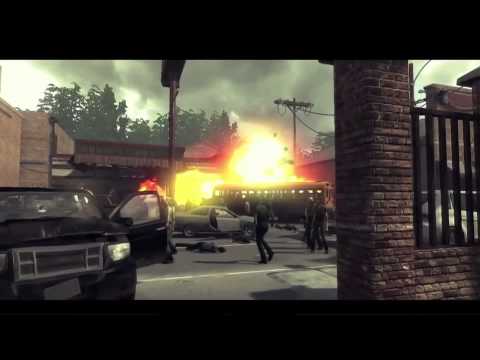Improvised Explosive Devices and How Bomb Technicians Handle Them
Summary
Bomb technicians and law enforcement personnel are at the forefront of safeguarding civilian populations against improvised explosive devices (IEDs) in the line of duty. In this Q&A session, John Stewart, FBI agent and Hazardous Devices School unit chief, sheds light on how bomb squads are trained to respond to calls involving IEDs. Every device is unique and requires the necessary precautions to protect those involved. Bomb technicians have a set of calculations that guide them on how far to evacuate people for protection from the thermal effect, fragmentation, and the invisible wave of pressure that follows an explosion.
Table of Contents
- Introduction
- What are some common types of IEDs?
- How do bomb technicians assess and disrupt suspected IEDs?
- What tools and techniques are used to handle IEDs remotely?
- How has bomb-technician training evolved over the years?
- How effective are the protective measures bomb technicians use in preventing an explosion?
- Conclusion
Introduction
As terrorists continue to find new ways of causing mayhem and destruction, bomb technicians and law enforcement personnel must stay ahead of the curve to protect civilians from the dangers of improvised explosive devices (IEDs). There is no set standard for how an IED will look, and every device is unique. Bomb squads need to use sophisticated tools and techniques to assess and disrupt suspected IEDs from afar, while being prepared to act decisively if necessary.
What are some common types of IEDs?
Some common types of IEDs include military ordnance, hand grenades, homemade explosive labs and pressure-cooker bombs like those used in the Boston bombing of 2013. Since there is no set standard for what an IED will look like, bomb technicians must be prepared for all types of devices. They need to be equipped with the knowledge and skills to handle each situation carefully and with caution.
How do bomb technicians assess and disrupt suspected IEDs?
When bomb squads receive a call about a suspected device, their first step is to assess the threat to the public and determine whether it is safe for a bomb technician to approach the package. In some cases, a robot is used to take x-rays and assess the threat from afar. This allows the bomb technician to work from a safe distance and use tools like a pan disruptor or water bottle filled with explosives to disrupt the package. Every technician must use his training and knowledge to diagnose the situation correctly and ensure that the public and the technician are kept safe.
What tools and techniques are used to handle IEDs remotely?
Bomb technicians use a variety of sophisticated tools and techniques to handle IEDs remotely. One of these is taking an x-ray of the package remotely using a robot. They can then use tools like a pan disruptor or water bottle filled with explosives to disrupt the package from a safe distance, ensuring that the public and the technician are kept safe. The equipment and tools used are designed to allow the bomb technician to be as accurate and safe as possible.
How has bomb-technician training evolved over the years?
Bomb-technician training has evolved considerably over the years to keep pace with modern threats. The Hazardous Devices School trains public safety law enforcement who have no prior knowledge about bombs and teaches them how to conduct a threat assessment, analyze x-rays, use explosive tools, run a robot, and handle explosives safely. Technicians are also taught how to dress in the bomb suit, which consists of wearing Kevlar trousers, back and groin protectors, a balaclava, EOD-9 helmet, and a Kevlar jacket with a shield. The gloves come with Velcro wrist tighteners that allow the bomb technician to work with his fingers effectively. The bomb technician’s suit is designed to be comfortable, provide a high level of protection, and allow for ease of movement.
How effective are the protective measures bomb technicians use in preventing an explosion?
The protective measures bomb technicians use are incredibly effective in preventing an explosion. When a bomb technician suits up to approach a package, he conducts a threat assessment and diagnostics to determine the best way to disrupt it. One method of diagnostics is taking an x-ray remotely. If a device is confirmed, tools like a pan disruptor or water bottle filled with explosives are used to disrupt the package from afar, ensuring the safety of the technician. Over the years, the tools and techniques used by bomb squads have evolved to become more sophisticated and better equipped to protect technicians and the public.
Conclusion
In times of increasing threats and danger, we rely on our bomb technicians and law enforcement personnel to keep us safe from the risks posed by IEDs. Thanks to their careful training and sophisticated equipment, bomb squads can approach suspected devices in a safe and precise manner. Bomb technicians use their knowledge, skills, and experience to assess and diagnose each situation, ensuring that the public and the technician are kept safe, and the threat is neutralized. Their work is critical in safeguarding our communities and maintaining security in our neighborhoods.






